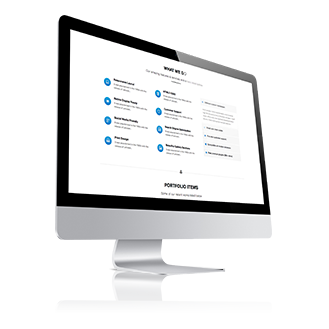Your Customers Are Staying Hidden Longer. How Can You Adapt Your Marketing?
There was a time when the IT buyer’s journey was simple and straightforward. Buyers would move from awareness of a solution, through interest and consideration, and then onto justification and finally purchase.
The buyer’s journey is no longer linear. And increasingly, prospects are staying hidden longer. They are using a variety of digital channels to search for information to solve their specific problems and don’t want to engage until they have done their own research. They are in control of finding what they consume and when they want to speak to sales. They are charting their own unique journey.
As marketers, we must “listen” to what our buyers are saying before they engage with our sales teams by monitoring digital activity. Listening can speak volumes about prospects—telling us about their interests, persona and where they are in their unique buyer’s journey.
Commonly called “digital body language,” a prospect’s digital footprint shows interest through sites visited and actions taken. What emails did the prospect open? Which prospects clicked through to content? Which content? Did they take the time to download that content? All of these actions provide clues as to who the prospects are and if they are ready to talk to us to take the next step.
Three Ways To Thrive In This New Environment
As we have established, listening is equally as important as talking in the digital era. Success is not difficult if you are diligent. Here are three keys to making it work for you.
1. Share your knowledge with good content. While there’s no silver bullet that makes a white paper, blog or other content “good,” sharing your knowledge about how to solve a problem or how to improve a situation is what your prospects are looking for every day.
Create content that speaks directly to your prospects. Talk about business benefits, not technical specs. Only discuss one solution for one persona at a time. Too much information can be confusing and can make it appear as if you don’t understand your customer.
2. Nurture your leads. Some 85 percent of tech buyers say they need to encounter at least three pieces of content before engaging with a solution provider. It’s imperative to continue the conversation using tactics such as lead nurture emails, blogs, social marketing and webinars.
Monitor sales readiness to determine interest levels as your leads are nurtured. You can use the capabilities in your marketing automation platform to target which prospects are ready to talk to your sales organization.
3. Use your listening data. Leverage your listening data to better understand your buyers so you can personalize your next communication. Start by doing a content audit, in which you categorize all content by buying cycle, persona, asset type and need.
Create a system such as the one below that works best for you.
- Buying Cycle: Awareness, Consideration
- Persona: Data Dan
- Asset Type: White paper
- Need: Resource Constraint
When prospects interact with your content, your audit data will help define persona, stage in the buying cycle and need. This information is key to understanding if the prospect is ready to engage with sales.
You can also create segments based on these categories for use in email campaigns. Most automated marketing solutions allow you to create segments to organize your digital communications for better segmentation.
- Segment 1: Buying Cycle 1, Persona A, Need XYZ
- Segment 2: Buying Cycle 2, Persona A, Need XYZ
Use these segments when sending emails. Target your message and asset selection to each segment. When you build different nurture programs for each segment, your emails will show prospects your company understands their unique needs and offers solutions specifically designed to meet those needs.
While using precise segments does limit the number of prospects receiving each email, it also allows for maximum personalization and on-point messaging. The result is greater success in ushering leads through your pipeline.
Transitioning Leads To Sales
Make sure to share your listening data with sales as you transfer ownership of leads. Insight into why leads are sales-ready, the activity taken and any previous communication is powerful information for the sales team. This knowledge allows salespeople to engage with prospects in a more meaningful and efficient manner. They enter the conversation with a true understanding of where prospects are in the buyer’s journey and what is most important to them.
Since business-to-business buyers heavily research offerings online long before engaging with your sales team, marketers have greater responsibility for each sale. We must use the technology and the resulting digital footprints to concisely understand our prospects and to deliver personalized on-point messages that solve each lead’s specific problem.
As modern marketers, we must take advantage of this change by harnessing the power of technology and the value of data and content to drive sales more efficiently and effectively than ever before.
Learn more marketing best practices at www.partnerdemand.com.


